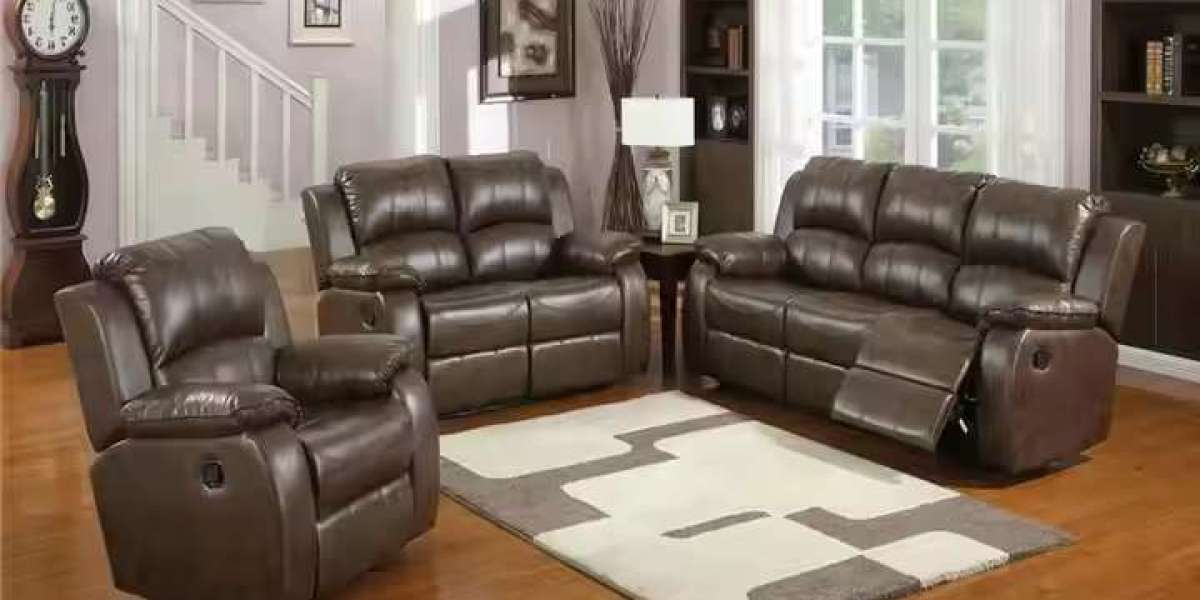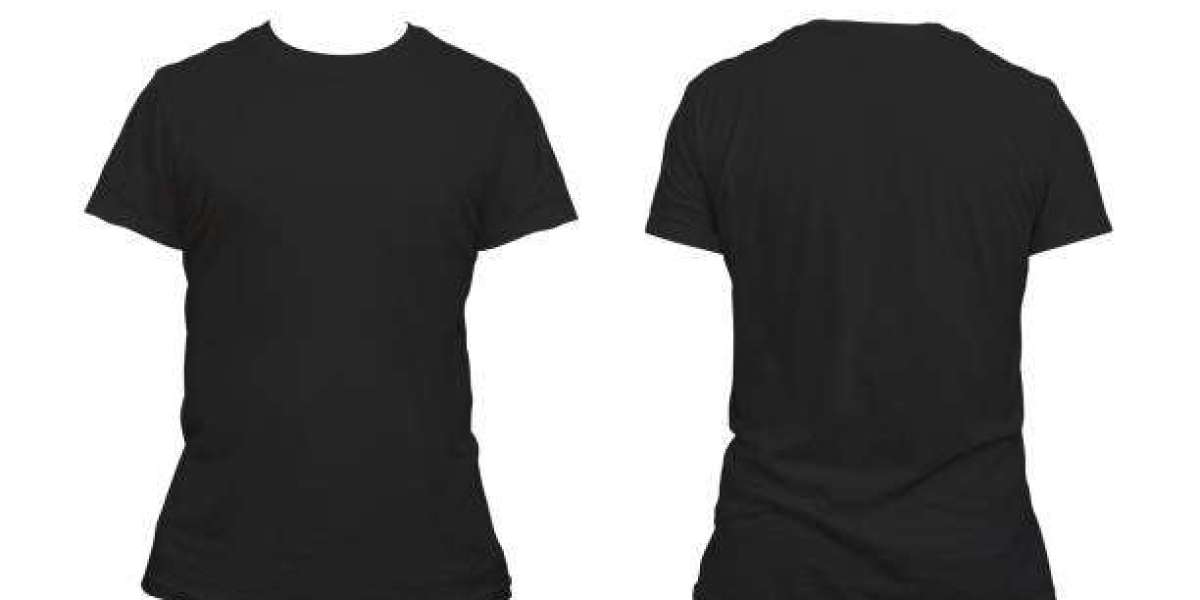Delving Deeper into Leather Varieties:
The foundation of exceptional leather furniture lies in the quality of the hide.
Full-Grain Leather: The Pinnacle of Luxury:
Top-Grain Leather: A Balance of Quality and Refinement:
While still a premium option, top-grain leather undergoes a sanding and buffing process to remove imperfections, resulting in a smoother, more uniform surface. This process enhances its aesthetic appeal but reduces its natural character and breathability slightly. It offers a good balance between quality and affordability.
Corrected-Grain Leather: Prioritizing Uniformity:
For those seeking a consistent appearance, corrected-grain leather is a viable option. However, it compromises on natural character and durability. The artificial grain embossed onto its surface lacks the depth and richness of higher-grade leathers.
Bonded Leather: An Economical Alternative:
Bonded leather, composed of leather scraps bonded with polyurethane, is the most budget-friendly option. However, it lacks the durability, feel, and longevity of genuine leather. Its susceptibility to cracking and peeling makes it a less desirable choice for long-term investment.
Aniline and Semi-Aniline Leather:
These are dying processes. Aniline leather is dyed with soluble dyes that don’t include a surface pigment. The result is a very natural look, but less protection against stains. Semi-aniline leather has a light surface pigment, providing more protection, while still retaining a natural look.
Beyond Style: Exploring Design and Construction:
The aesthetic appeal of leather furniture extends beyond the type of leather.
Frame Construction: The Backbone of Durability:
Suspension Systems: Ensuring Comfort and Support:
The suspension system beneath the cushions plays a crucial role in comfort and support. Look for furniture with sinuous spring or eight-way hand-tied spring systems, which provide excellent support and prevent sagging.
Cushion Fill: Tailoring Comfort to Your Preferences:
Cushion fill options range from foam to down and feather blends. High-density foam offers firm support, while down and feather blends provide a softer, more luxurious feel. Consider your comfort preferences and lifestyle when choosing cushion fill.
Stitching and Detailing: A Mark of Craftsmanship:
Advanced Leather Care and Maintenance:
Maintaining the pristine condition of your leather furniture requires meticulous care.
Humidity Control:
Leather is susceptible to damage from extreme humidity. Maintaining a stable humidity level in your home can prevent cracking and drying.
Sunlight Protection:
UV rays can fade and damage leather. Use window treatments to minimize direct sunlight exposure.
Specialized Cleaners and Conditioners:
Invest in high-quality leather cleaners and conditioners specifically designed for your type of leather. Avoid using harsh chemicals or generic cleaners, as they can damage the surface.
Professional Inspection:
Consider having your leather furniture professionally inspected annually to identify potential issues and ensure proper maintenance.
The Timeless Appeal of Patina:
The development of a rich patina is a hallmark of genuine leather, particularly full-grain leather. Embrace this natural aging process, as it adds character and depth to your furniture. The patina is a story of your furniture’s life.
A Lasting Investment:
Leather furniture is an investment that yields returns in both comfort and style. By understanding the intricacies of leather types, design, construction, and care, you can make informed decisions and ensure that your investment remains a source of pride and enjoyment for generations.








